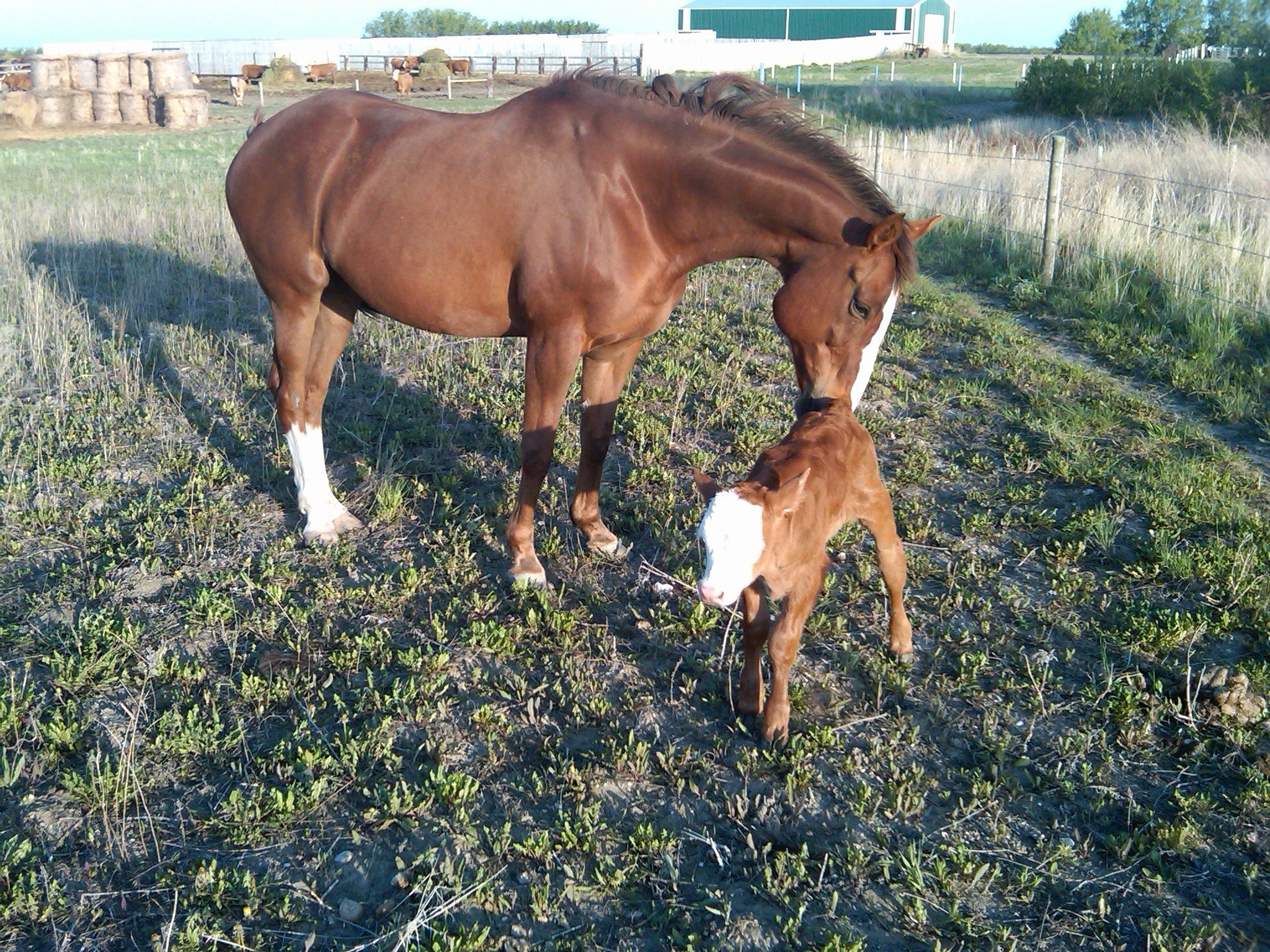MANY OF US pay little attention to flu season but this year everyone, including farmers and ranchers, have added reason to think about potential problems.
The new strain of the H1N1 virus sent shudders around the world during an outbreak last spring and prompted health experts to warn of a possible pandemic this fall and winter.
Whether the warnings will prove true remains to be seen but there are signs overseas that the flu is hitting earlier than projected.
As of Sept. 20, 3,917 deaths in 191 countries and territories have been reported to the World Health Organization.
Read Also

Agritechnica Day 2: The future of tractor power, building quicker crop apps and large farms and tech
Agritechnica Day 2: The future of tractor power, building quicker crop apps with Syngenta and large farms and tech
Statistically, few of us are at risk of death. Experts say most people who contract H1N1 will experience something akin to regular flu. Others will face more severe symptoms.
Should flu symptoms prove temporarily debilitating, it would be wise for farmers and ranchers to do some advance planning to ensure operations continue apace.
H1N1 readiness plans could be prepared now because nobody wants to search for phone numbers or scramble to get animals fed while battling illness – their own or that of family members and employees.
Pork producers might want to take particular precautions, largely due to the illness’s colloquial name, swine flu.
That moniker led to fears in some countries earlier this year that people could catch the virus by eating pork. That resulted in trade bans that closed many markets to Canadian pork products and had far-reaching effects in the sector’s economic health.
Clearly hog producers can’t afford additional bad publicity, so swine herd health must be paramount.
Hog producers should also weigh the vaccination options for themselves, their families, their employees and their pigs.
Nor can producers without livestock – grain and oilseed farmers, on-farm manufacturers, farmgate marketers and other farm business owners, afford to be laid up for a week with nobody to mind the proverbial store.
There are several measures that can mitigate the chances of contracting flu:
* Take proper hygiene measures, which include frequent hand washing and sanitizing equipment.
* Stay at home and avoid contact with livestock when sick. Make arrangements for somebody else to care for the animals or operate the essential parts of the business.
* Encourage employees to stay home when ill.
* Have face masks available.
* Pay close attention to biosecurity. The incubation period for H1N1 is two to seven days, so keep visitors and employees who have recently returned from trips, particularly from the United States or Mexico, out of barns for at least a week after their return.
In pigs, symptoms of H1N1 include nasal discharge and coughing. The animals typically recover in less than seven days.
In theory, flu in swine could be contracted by people, although there are no known cases of this new H1N1 flu being transmitted that way.
And if the flu does keep producers bedridden, farm help lines and the SPCA may be able to provide assistance.
Of course, the long-standing tradition of neighbours helping neighbours will likely prove the best safety net of all.
Bruce Dyck, Terry Fries, Barb Glen, D’Arce McMillan and Ken Zacharias collaborate in the writing of Western Producer editorials.













